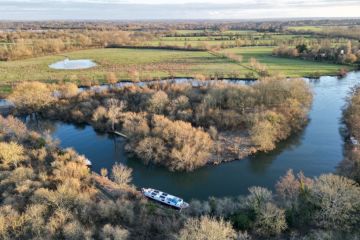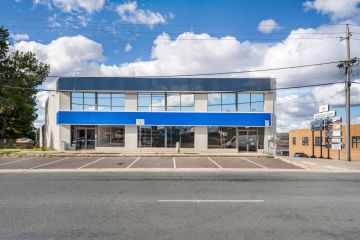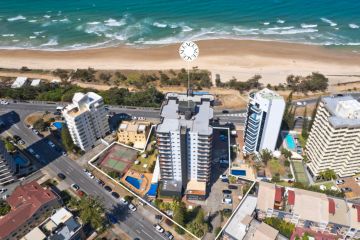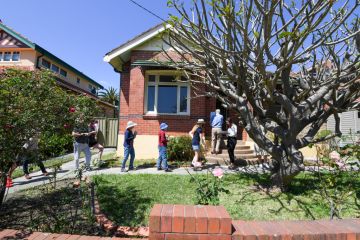Design Matters: Should NBN and driverless cars be prioritised over light rail?

John Smith is a retired CSIRO scientist and, during the latter years of his role, investigated IT technology applications for transport.
This is part one of a two-part series.
TT: You were not a fan of the initial stages of the Capital Metro, what is your take on the significance of Light Rail Stage 2 (LRS2)?
JS: Light Rail Stage 2 linking Civic to Woden is being pursued by the Barr government as fulfilling an election promise. The master plans for Woden and Mawson spell out the development of a dormitory of high-rise apartments along the tram line. If the project goes ahead it will mortgage Canberra to a huge obsolete technology investment. It will shape urban planning in a way that fails to innovate and exploit the new and emerging technologies and hamstring any future progressive developments.
TT: Won’t it at least get a few “Wodenites” into Civic much quicker?
JS: I think not. Travel time on a tram to Civic via Barton would be at least twice that of the present rapid bus service. Taking into account the population growth in the planned apartments and the lack of effort to bring employment to Woden, removal of the bus service would be problematic in the least. In any case, there will be an increase in road traffic to Civic.
TT: What are the implications for Commonwealth Avenue?
JS: The announcement by the National Capital Authority in May 2017 of its intention to dismantle all clover leaf ramps and slip lanes linked to Commonwealth Avenue is a disaster in the making. Clearly, this decision has been taken in conjunction with the Barr government to make it feasible to have a tram line connection to/from London Circuit.
Related: Is light rail best for Canberra?
Related: Aged care shouldn’t mirror hospitals
Related: Light rail influences property developers
TT: What are the alternatives?
JS: The alternatives are obvious and attractive for all Canberrans, young and old. Moreover, they do not require the enormous capital infrastructure investment of light rail. The first and immediate option is to exploit the NBN fibre optic network being rolled out in our city. The other is the subsequent introduction of driverless cars in a universally available service that, according to our national transport experts, will “fundamentally change the way we look at transport and our society at large”. I will have more to say about this option in another article.
TT: How can we exploit the NBN?
JS: First, distinguish between the fibre to the node deployment to households and fibre to the premises, which is potentially available to bring high-speed internet to businesses and government.
TT: What does high-speed internet allow?
JS: Any organisation that deals in information, payments and licences can distribute its offices, shop fronts and workforce across the city. Management uses new forms of communication such as expanded video conferencing and cloud databases to function internally in a more effective way. Most of our government’s workforce could be moved out of Civic, cutting down travel and helping to remove the perceived threat of road congestion that population growth might bring.
TT: What infrastructure is actually needed?
JS: Internet trading is an example of how new technology spurns traditional urban design. The ACT government should be investing in extending the fibre optic NBN network to business/office premises in every local centre, not in a network of steel rails that will be obsolete before its completion.
Tony Trobe is director of the local practice TT Architecture. Is there a planning or design issue in Canberra you’d like to discuss? Email tonytrobe@ttarchitecture.com.au.
We recommend
We thought you might like
States
Capital Cities
Capital Cities - Rentals
Popular Areas
Allhomes
More






